Tragus Piercing: Types, Benefits, Pain, & Healing Time
Make a bold statement with your tragus and dare to define your style.

Image: Shutterstock
The tragus is a unique and trendy piercing placement for those who don’t shy away from going the unconventional way. Tragus piercings offer versatility in terms of jewelry options and are gaining popularity for the subtlety they offer. Moreover, the piercing process is quick and relatively less painful compared to other cartilage piercings. While these piercings do come with the risk of pain and infection, don’t let them scare you from getting one. If getting a tragus piercing has been on top of your list, we can fill you in on everything you need to know before your piercing commitment. Keep reading to learn more about tragus piercing, its types, aftercare, risks, and everything in between.
 Piercing Guide: Tragus Piercing
Piercing Guide: Tragus Piercing- Placement: Small, thick portion of ear cartilage directly in front of the ear canal
- Best Jewelry: Flat-back barbells, labret studs, rings
- Cost: $30 to $50
- Pain Level: Medium
- Healing Time: 6 to 12 Months
In This Article
What Is A Tragus Piercing?
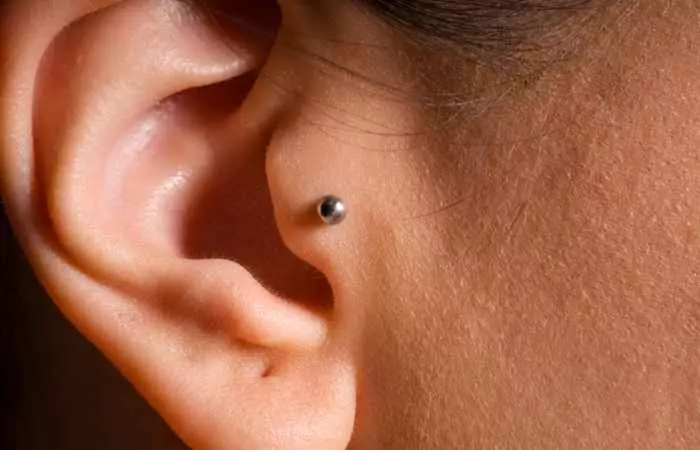
A tragus piercing is a kind of piercing placement of the ear, located on the small section of cartilage that covers the entrance to the ear canal. The tragus is the part of the ear that projects over the ear canal. A tiny piece of jewelry, like a stud or cartilage hoop, is usually put through the hole after the piercing, which is completed with a small gauge needle. The distinctive and fashionable look of tragus piercings has made them increasingly popular. Due to the tragus’s distinctively firm and thick area of cartilage, compared to other ear piercings, such as earlobe piercings, this procedure may be a little more painful. Although it usually takes a few months, the healing period for a tragus piercing might vary among individuals.
In exploring the world of tragus piercings, it is important to learn about the several types that exist so as to choose one that suits your personal preference and style. Scroll down to know about them in detail.
Key Takeaways
- Tragus piercings are unique and stylish ear cartilage piercings known for their aesthetic appeal and versatility.
- Anecdotal evidence suggests that ear cartilage piercings may stimulate pressure points and nerve endings and improve conditions like depression and migraine, similar to acupuncture.
- The healing time for these piercings can vary from person to person, but on average, it takes about 3 to 6 months.
- Tragus piercings may cause infections, irritation, scars, and fever if proper aftercare measures are not followed.
Different Types Of Tragus Piercings

Tragus piercings come in various types, and each has its unique placement and style, as listed below:
- Standard Tragus: This is the most common type of tragus piercing. It involves puncturing the little projection of cartilage that covers part of the ear canal. The usual jewelry consists of tiny studs or hoops which press up against the tragus.
- Anti-Tragus: The anti-tragus is situated on the inside side of the ear, across the tragus. It involves piercing the small, rounded area just above the earlobe. A tiny stud or captive bead ring is the typical jewelry used for an anti-tragus piercing.
- Surface Tragus: This piercing is done closer to the face, on the flat spot next to the tragus. Because of the nature of the surface they are placed on, surface tragus piercings are more likely to migrate or be rejected. For this type of piercing, curved or specialized surface barbells are often used.
- Vertical Tragus: As the name suggests, the tragus is punctured vertically rather than horizontally for this piercing. Usually, the jewelry extends from the tragus’s inner to the exterior surface, and common jewelry options include straight or curved barbells.
These are some common types of tragus piercings, but why get them? Find out the benefits of these ear piercings in the following section.
Benefits Of A Tragus Piercing
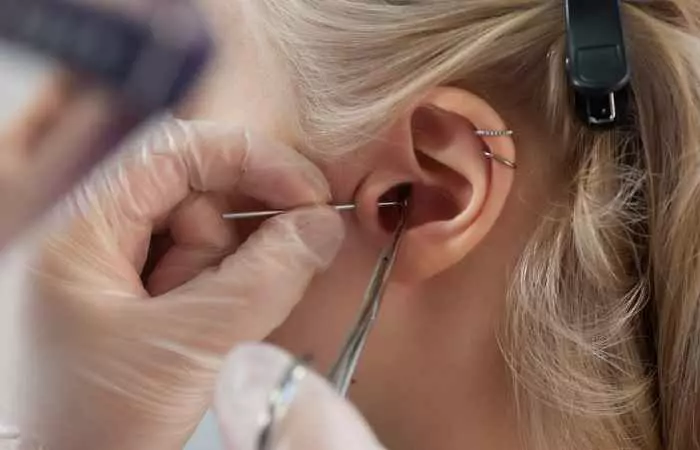
There is some evidence suggesting that ear cartilage piercings may stimulate pressure points and nerve endings to reduce pain in a manner similar to acupuncture. In this context, the vagus nerve, which originates from the base of the brain and is spread all around the body, has a connection to the tragus, where it can be prompted to activate vagus pathways (1). The stimulation of the vagus nerve through an external ear piercing may help improve conditions like depression and migraine (2). However, more scientific research is warranted on vagus nerve stimulation and its benefits through ear-piercing procedures, such as tragus piercings.
In addition, when compared to industrial, surface, and nipple piercings, tragus piercings are less painful and have a faster healing time, and they allow individuals to personalize their piercings according to their taste.
 Pro Tip
Pro TipFollowing a tragus piercing, it is common to feel some pain and swelling right after. Most of the time, this goes away in a few hours or days. But there are some common adverse reactions associated with tragus piercings that you need to look out for. Scroll down to know in detail.
Side Effects Of A Tragus Piercing
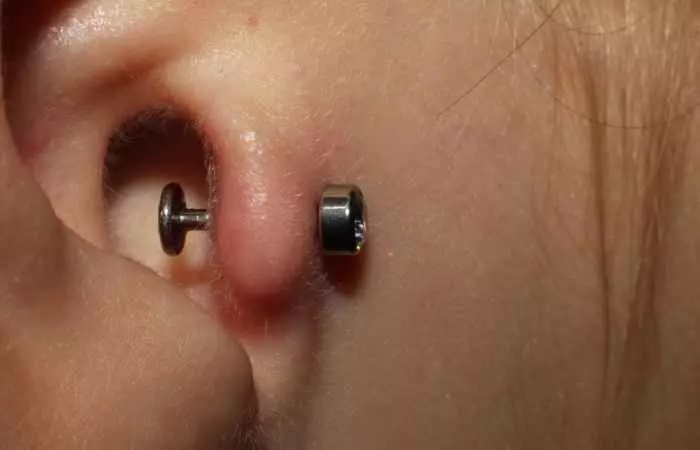
Here are some potential side effects of a tragus piercing:
- There is an elevated risk of infections if proper aftercare advice is not followed after a tragus piercing. Increasing redness, swelling, fever, and pus production are sure signs of an infected tragus piercing, in which case it is important that you seek medical assistance as soon as possible (3).
- Bloodborne illnesses, such as hepatitis B and C, may also arise if the needle is reused and is contaminated. Therefore, ensure that your piercer uses disposable, sterile needles and equipment, and practices proper hygiene in the studio (4).
- Metals such as nickel, which is often found in jewelry, can cause allergic reactions in many. Itching, redness, and blisters are some symptoms of these reactions (5). Wearing high-quality, hypoallergenic jewelry can help minimize this risk.
- Some people may be prone to the formation of keloids, which are elevated overgrowth of scar tissue. A keloid formation around the piercing may not necessarily close the piercing, but it may cause discomfort and itching. In addition, there is a chance of scarring, particularly if your tragus piercing is not properly cared for (6).
- Sometimes your body may treat the jewelry like a foreign object and try to push it out; this phenomenon is called a piercing rejection (7). If it happens, you may observe the hole growing larger and the skin around it flaking or thickening.
- If you notice piercing rejection, it is advisable to remove the jewelry and clean the affected area with a saline solution. Also, monitor for signs of infection like swelling or redness. If you are unsure about the severity of the situation, then consult your healthcare professional as soon as possible.
These side effects aside, there is also the matter of pain regarding this piercing. Find out how much pain these cartilage piercings can cause you in the next section.
Tragus Piercing Pain
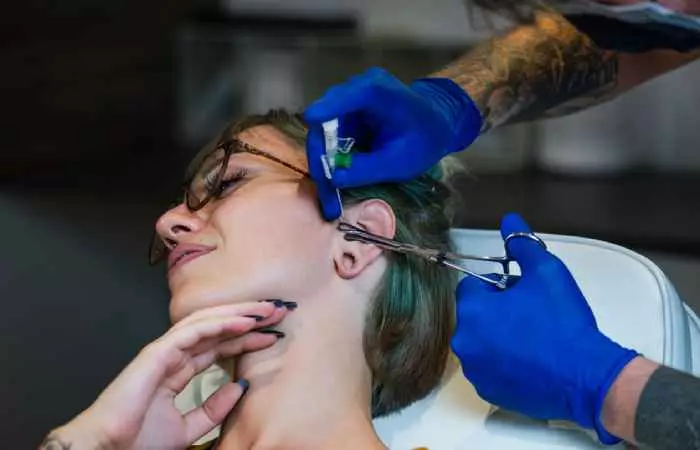
Tragus piercing pain is typically more intense than earlobe piercings due to thicker cartilage but less severe than industrial piercings, which involve two cartilage points and can feel more uncomfortable. Having said that, the level of pain experienced is very subjective and may vary from person to person. In general, many people describe getting a tragus piercing as moderately painful. The pain is often described as a brief, sharp sensation that occurs during the actual piercing process. However, it may hurt more for some people than for others, depending on their level of discomfort.
Factors such as individual pain tolerance, the piercer’s skill level, and proper mental preparation before the piercing as well as aftercare can also influence the overall tragus piercing pain level. To avoid difficulties and discomfort, it is crucial to opt for an experienced and professional piercer who adheres to safety protocols and good hygiene.
Cassidy xo, a blogger, shared about her tragus piercing experience in her personal blog. She writes, “As I’ve said, the most painful part was probably the freezing. But still, it wasn’t pain, just uncomfortableness. The needle going through didn’t hurt, it was really when she put the earring in, as it was coming through the front hole, there was a brief sharp pain, but it was fine afterward (i)!”
If the pain factor associated with tragus piercings has you unfazed and still desiring it, it is important to know how to care for it for proper healing. Scroll down to know in detail about some aftercare measures.
Tragus Piercing Aftercare
After getting a tragus piercing, it is important to follow proper aftercare for healing and to reduce the risk of infection. Check below for some aftercare instructions to follow:
- Before touching your piercing, make sure to wash your hands thoroughly to prevent bringing bacteria into the area.
- Use a sterile saline solution to clean the piercing. To remove any crust or discharge, gently clean the area surrounding the piercing by soaking a clean cotton ball or pad in the solution.
- Stay away from harsh cleaning agents as they can irritate the piercing area and slow down the healing process.
- Try not to sleep on the side of the tragus piercing, if possible, to reduce irritation during the initial healing phase.
- Keep an eye out for any unusual discharge, swelling, increased redness, or persistent pain as these can indicate an infection.
- Use caution when using hair products, like shampoo and hairspray, to avoid them coming in contact with the piercing.
- To avoid infection, avoid swimming pools, hot tubs, and bodies of water such as lakes or oceans until the piercing is completely healed.
- The pressure and friction from phones and headphones might aggravate the fresh piercing, so be mindful when using them.
 Pro Tip
Pro TipOf all these aftercare tips, one thing is constant, which is properly cleaning your piercing. Below we discuss the cleaning process to prevent infections and help improve the associated with tragus piercings.
How To Clean A Tragus Piercing
Cleaning a tragus piercing is important to prevent infection and promote healing. Below is a detailed guide on how to clean your new piercing:
- Make sure you properly wash your hands with a mild, fragrance-free soap and water before handling your tragus piercing. You can also use saline solution, which can be bought or made at home by combining warm distilled water with non-iodized sea salt.
- Soak a cotton swab or sterile gauze pad in the saline solution, then gently press it against the tragus piercing for short spurts. This helps to break down any crust or debris around the piercing.
- Gently rotate the jewelry in a back-and-forth motion while holding the soaked swab against the piercing for complete cleaning.
- After washing, use a fresh, disposable paper towel to pat the area surrounding the tragus piercing dry. Avoid using cloth towels as they may harbor bacteria or become tangled with the jewelry.
- Too much cleaning can irritate the skin around your tragus piercing and delay the healing process. So, stick to a cleaning routine of 2-3 times a day.
- Avoid using alcohol and hydrogen peroxide on your tragus piercing, as they can dry out and irritate the skin.
In the next section, find out how much time these piercings can take to completely heal and the stages of healing involved in the process.
Tragus Piercing Healing Time And Stages
The healing time for a tragus piercing can vary from person to person, but on average, full healing takes about 3 to 6 months. It is important to take good care of the piercing to prevent complications, since you may notice several stages of healing throughout this period. Here are the general stages of tragus piercing healing:
- Initial Healing (Weeks 1-3): Expect swelling, redness, and discomfort in the early days following your piercing in addition to typical bleeding and discharge. Pay close attention to the aftercare instructions provided by your piercer. Usually, these include washing the piercing with a saline solution and handling it with clean hands.
- Establishing Healing (Weeks 4-6): At this point, swelling and redness should start to subside. Although the initial discomfort should go away, sensitivity may return from time to time. Maintain the aftercare regimen, making sure to clean the piercing on a regular basis to prevent infection risk.
- Mid-Healing (Weeks 7-12): At this point, the swelling and redness should be minimal or absent. While tenderness becomes infrequent, the piercing may feel integrated into your ear. The tissue around the piercing may still be somewhat sensitive, so be gentle when cleaning and handling the jewelry.
- Advanced Healing (Weeks 13-24): The tragus piercing should be healed by now, but in order to encourage the best possible healing, and lower the chances of complications, you need to keep up with the aftercare. It is possible that the piercing is still quite sensitive to movement or pressure.
- Fully Healed (After 6 months): The tragus piercing is considered fully healed. You can change the jewelry at this point, but it is recommended to wait until the full healing period is over before doing so.
Now that you are aware of the healing stages, it is important to understand the cost factors associated with getting a tragus piercing to ensure a holistic preparation to approach your piercing experience. Scroll down to know more.
How Much Is A Tragus Piercing?
The cost of a tragus piercing can vary depending on several factors like location, the piercing studio’s reputation, and the piercer’s skill level. On average, you can expect to pay anywhere between $30 to $50 for a tragus piercing. But remember that this cost often includes piercing fees, aftercare products, and basic jewelry. Additional services or using higher-end jewelry may cost more.
It is important to think about materials that are safe, hypoallergenic, and appropriate for healing when choosing jewelry for a tragus piercing. Check out below for metals and types of jewelry you can use for your piercing in the following section.
Tragus Piercing Jewelry
Here are some recommended metals and jewelry types for tragus piercings (8):
- Surgical Stainless Steel: This stainless steel is the highest quality of metal and is utilized in medical implants. Make sure the steel is devoid of nickel, since certain individuals may experience allergic responses to it.
- Titanium: Another medical-grade metal, titanium is entirely hypoallergenic and reduces the risk of discomfort and allergic responses.
- Solid 18-Karat Gold: If you like the look of yellow, rose, or white gold and are willing to pay more, gold is an extremely safe option. Make sure that it is sturdy and not gold-plated, since the latter may flake and reveal nickel and other alloys utilized beneath the layer.
- Niobium: This metal lacks the implant-grade designation, yet it is safe for almost everyone, and is comparable to titanium. In addition, it is less expensive than titanium.
Here are some common types of jewelry recommended for tragus piercings.
- Flat-back barbells may be appropriate, particularly if they are composed of implant-grade materials.
- Labret studs are a common choice for tragus piercings. Their backs are flat and rest softly against the skin, minimizing discomfort.
- Rings are ideal if you want something simple and basic.
These are some diverse options for tragus-piercing jewelry. But when can you change your initially placed jewelry and play around with options? Find out how and when to change your tragus piercing in the next section.
How And When To Change Your Tragus Piercing
When trying to replace the jewelry, it is essential to wait until the piercing is completely healed. Here is a step-by-step guide on how and when to change a tragus piercing:
- Changing the jewelry too quickly increases the chances of discomfort or infection and hampers the healing process. Hence, look for signs that the tragus piercing is healed. The lack of pain, redness, swelling, and discharge are a few good indicators.
- Choose fine jewelry composed of materials appropriate for piercings that have healed. Also, make sure there are no dirt or impurities on the jewelry.
- If you are having difficulty removing the current jewelry, use a water-based lubricant or soak the tragus in warm water to make the process smoother.
- Keep an eye out for signs of discomfort, redness, or swelling after changing the piercing jewelry. If you experience any issues, consult with your piercer or a healthcare professional.
Tragus piercings come in different styles and may cause brief discomfort, but they are a lasting trend. Getting these ear piercings signifies a dedication to uniqueness and self-expression. However, they may cause some potential side effects if they are not cared for properly. Hence, following appropriate aftercare instructions is essential for a successful healing process, which may take a couple of months. If you experience any kind of discomfort even after taking essential steps, consult your piercing expert or medical professional for help.
Frequently Asked Questions
What are the signs of an infected tragus piercing?
An infected tragus piercing may show symptoms such as redness, swelling, warmth, extreme pain, or yellow or green discharge. If you notice any of these signs, consult with your doctor for guidance.
What type of jewelry is best for initial tragus piercing?
For an initial tragus piercing, use hypoallergenic jewelry like surgical stainless steel, titanium, or solid gold studs.
What should you do if your tragus piercing gets infected?
If you suspect your tragus piercing is infected, avoid taking off the jewelry, wipe the area with a saline solution, and get expert help if the symptoms persist. In addition, use a warm compress, stay away from harsh cleaning agents, and keep an eye out for any signs of increasing redness, swelling, or discharge.
Can you wear earbuds with a tragus piercing?
You can wear earbuds with a tragus piercing, but in order to avoid irritation, select comfortable earbuds, and make sure the jewelry and the earbuds are both clean. Also, avoid earbuds until the piercing is completely healed and devoid of tenderness.
What size is a tragus piercing?
Tragus piercings usually start at a gauge size of 16 or 18, while 16 gauge is the most popular choice.
What is the difference between a tragus and daith piercing?
A tragus piercing is a small and stylish choice that is situated on the little cartilaginous flap that covers the ear canal. A daith piercing, on the other hand, is located in the innermost fold of the ear, close to the ear canal. Also, it has occasionally been linked to migraine treatment claims.
Discover the fascinating world of tragus piercings! Uncover the top 5 facts about this uniquely stylish piercing in this informative video and find the inspiration for a novel self-expression and jump into this trendy and modern piercing experience!
Personal Experience: Source
StyleCraze's articles are interwoven with authentic personal narratives that provide depth and resonance to our content. Below are the sources of the personal accounts referenced in this article.
(i) My Tragus Piercinghttps://bananarockets.wordpress.com/2013/08/30/my-tragus-piercing%E2%98%86/
References
Articles on StyleCraze are backed by verified information from peer-reviewed and academic research papers, reputed organizations, research institutions, and medical associations to ensure accuracy and relevance. Read our editorial policy to learn more.
- Neurophysiologic Effects of Transcutaneous Auricular Vagus Nerve Stimulation (taVNS) via Electrical Stimulation of the Tragus: A Concurrent taVNS/fMRI Study and Review
https://pubmed.ncbi.nlm.nih.gov/29361441/ - Noninvasive Vagus Nerve Stimulation For Migraine: A Systematic Review and Meta-Analysis of Randomized Controlled Trials
https://www.ncbi.nlm.nih.gov/pmc/articles/PMC10213755/ - Body Piercing Infections
https://www.ncbi.nlm.nih.gov/books/NBK537336/ - Transmission of Hepatitis C Virus Infection Through Tattooing and Piercing: A Critical Review
https://www.ncbi.nlm.nih.gov/pmc/articles/PMC4613802/ - Management of Contact Dermatitis Due to Nickel Allergy: An Update
https://www.ncbi.nlm.nih.gov/pmc/articles/PMC3047925/ - Piercing Ear Keloid: Excision Using Loupe Magnification and Topical Liquid Silicone Gel as Adjuvant
https://www.ncbi.nlm.nih.gov/pmc/articles/PMC5921452/ - Body Piercing
https://www.ncbi.nlm.nih.gov/pmc/articles/PMC1496593/ - Jewelry For Initial Piercings
https://safepiercing.org/jewelry-for-initial-piercings/
Read full bio of Rodrigo Casco
Read full bio of Vaishali Sinha
Read full bio of Madhumati Chowdhury
Read full bio of Shreya Mukherjee





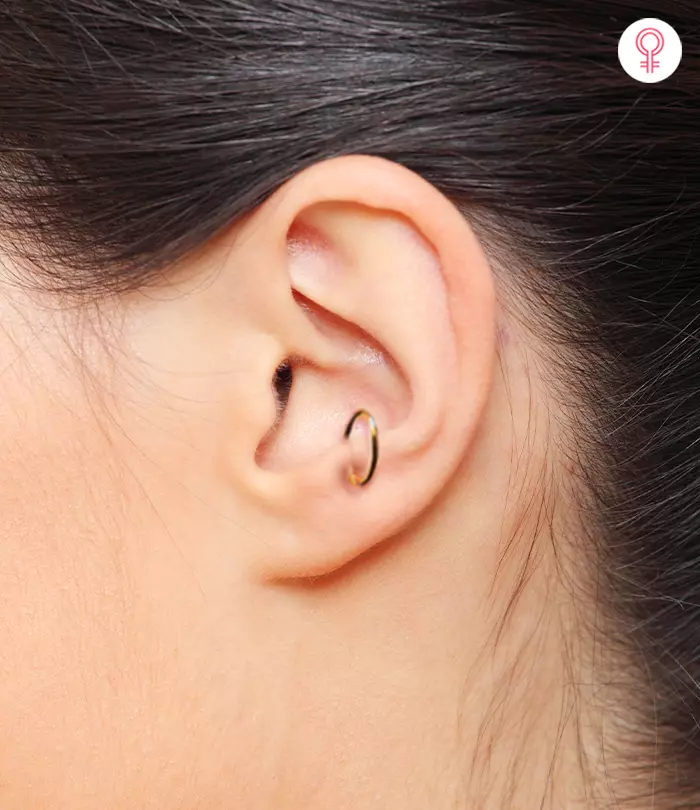

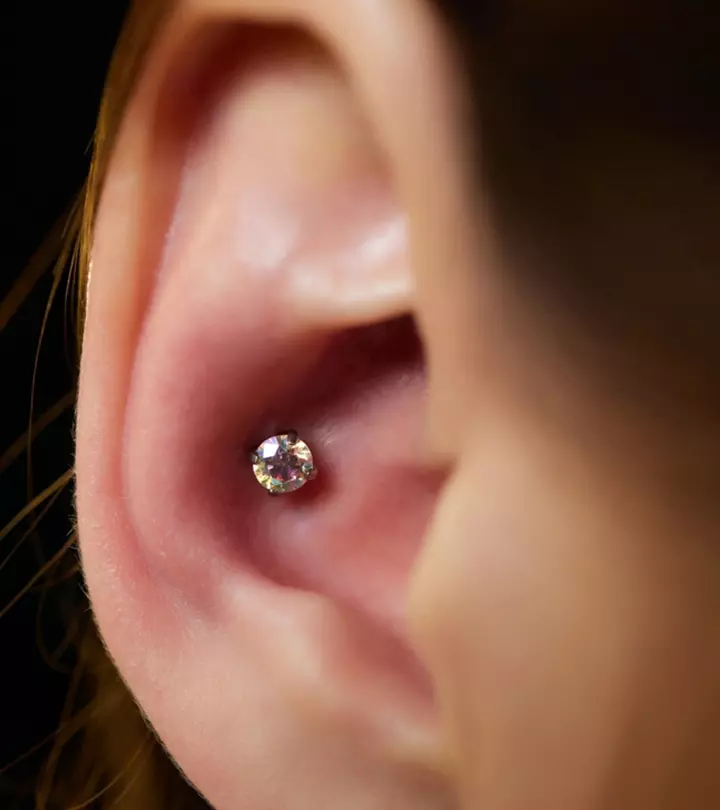
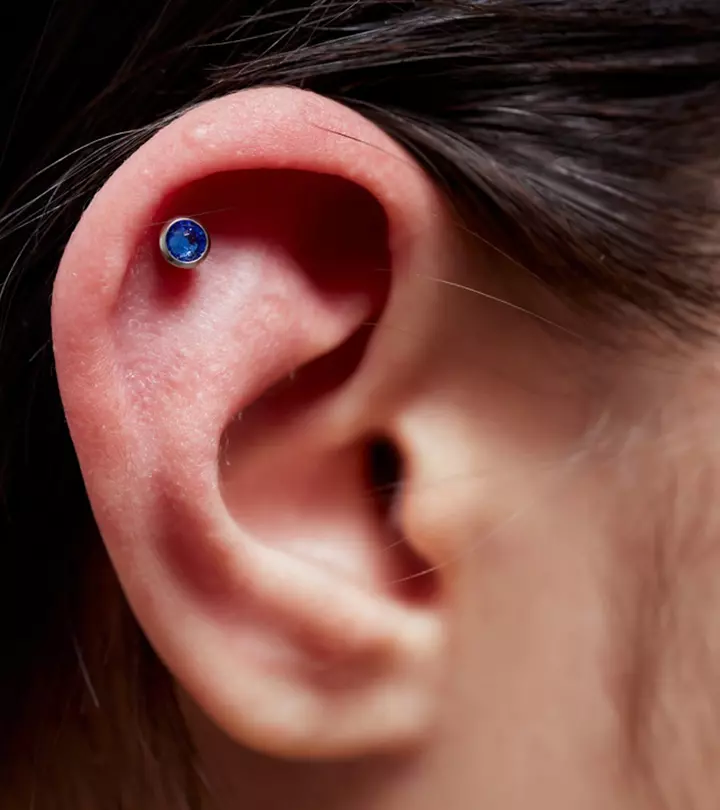
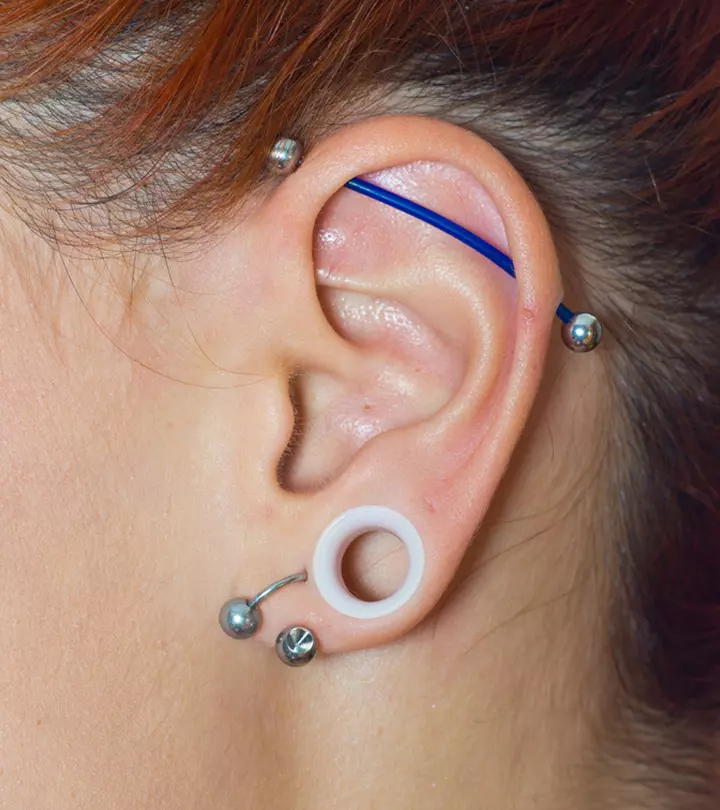
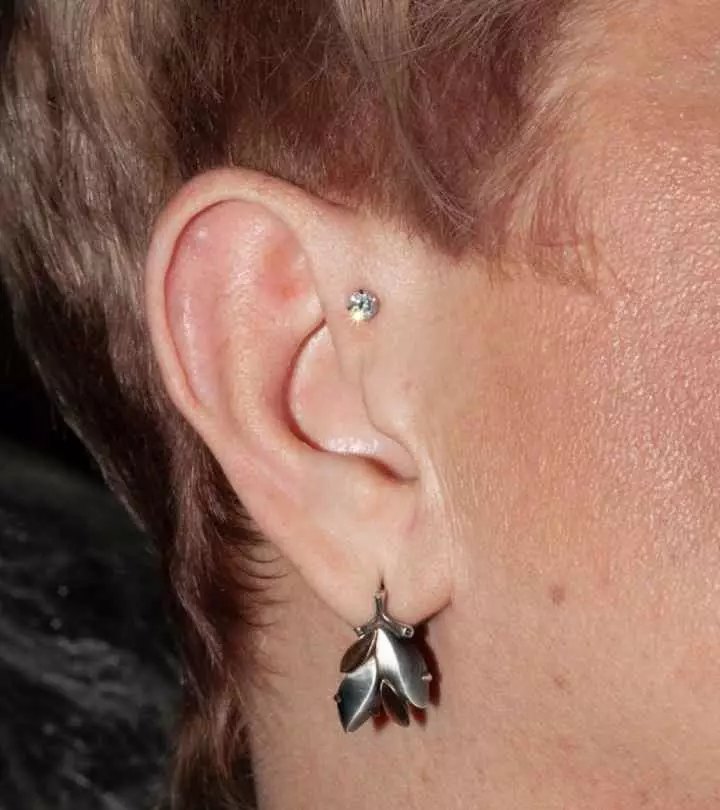

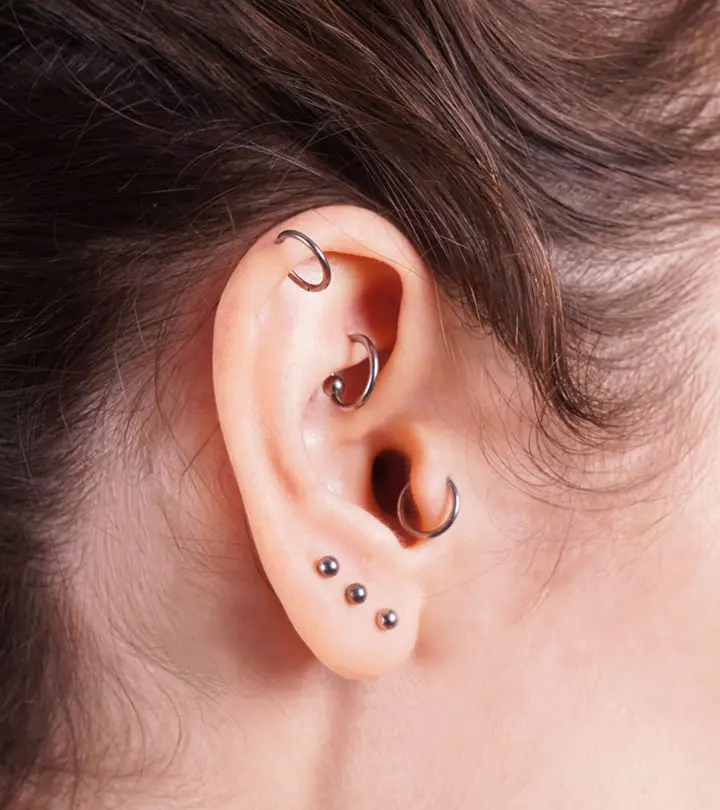
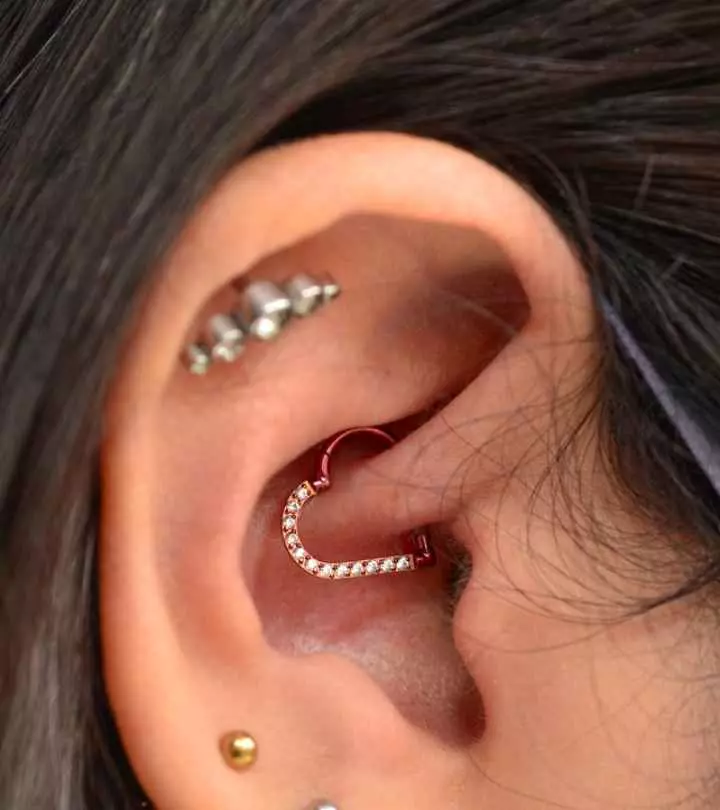

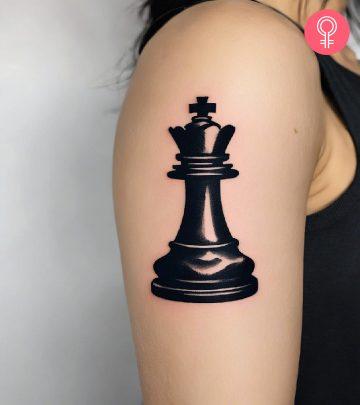



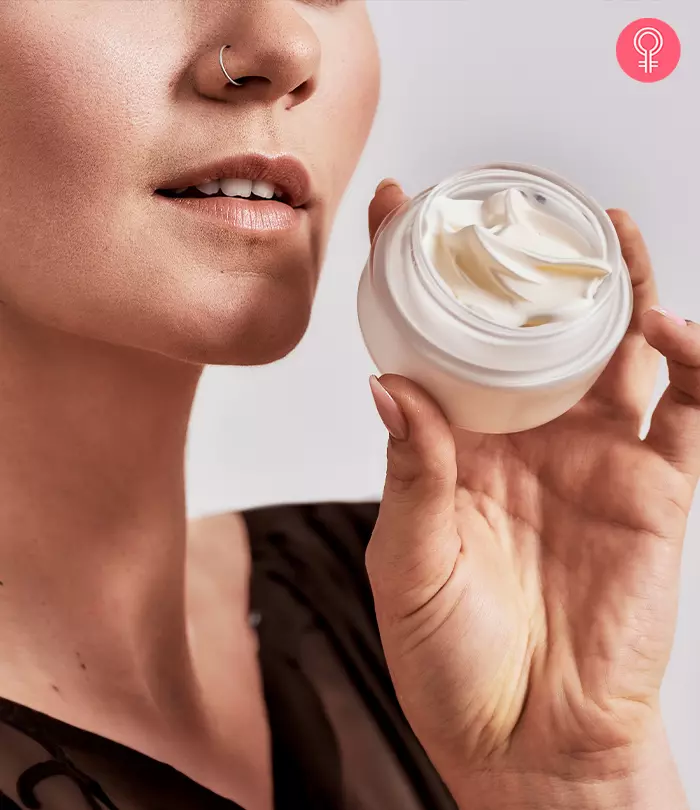

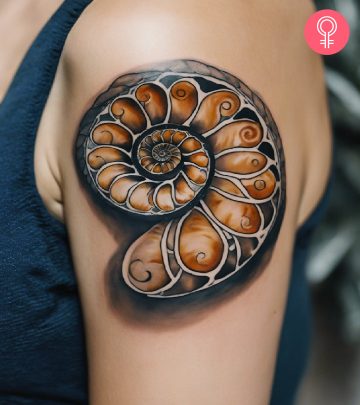

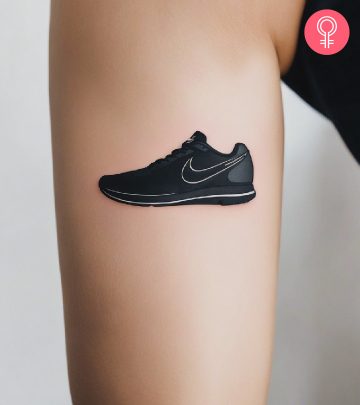


Community Experiences
Join the conversation and become a part of our empowering community! Share your stories, experiences, and insights to connect with other beauty, lifestyle, and health enthusiasts.